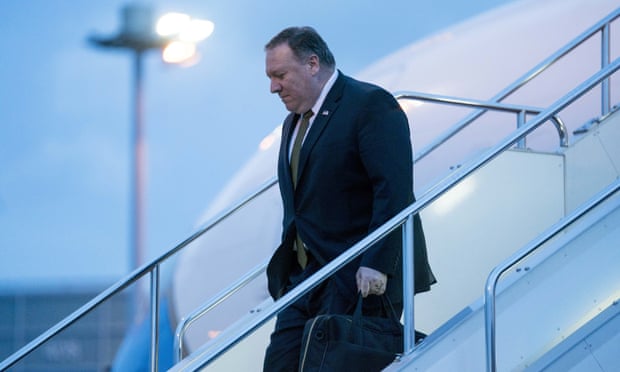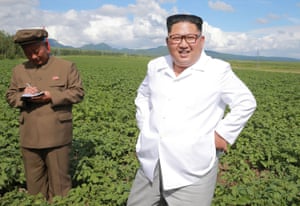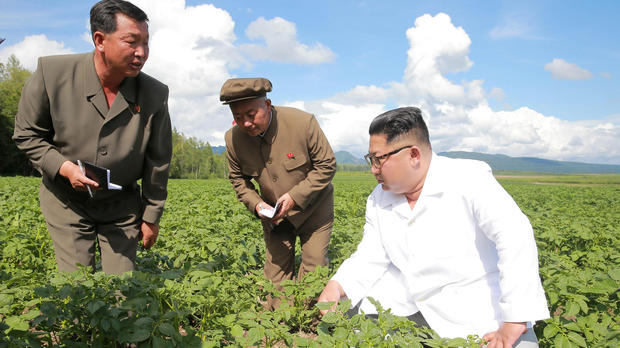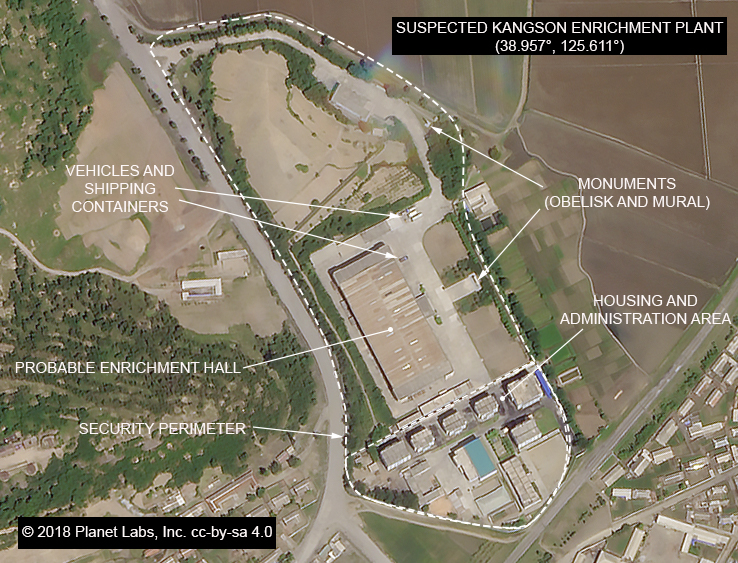The North Korean foreign ministry statement, by contrast, adopted a wounded tone, saying hopes of progress raised by the Singapore summit between
Kim and Trump, had been dashed by the one-sided approach taken by Pompeo’s delegation.
In particular, the statement to took the Americans to task for insisting on complete, verifiable, irreversible disarmament (CVID).
“The US side came up only with its unilateral and gangster-like demand for denuclearisation just calling for CVID, declaration and verification, all of which run counter to the spirit of the Singapore summit meeting and talks,” the statement said.
While rebuffing the US approach to talks however, the regime also laid out its most detailed negotiating position to date, suggesting confidence-building measures each side could take, including a proposal to freeze production of intercontinental ballistic missiles and a call for a formal declaration ending the Korean war of 65 years ago.
It said Pyongyang would dismantle a “high thrust engine” testing site as a concrete measure towards “the suspension of ICBM production as part of denuclearisation steps” while making a start of “working level talks” on repatriation of remains.
In return the US would make “public a declaration on the end of war” on the 65th anniversary of the Korean war armistice, which falls on 27 July.
If the talks on such confidence building measures failed, the North Korean statement warned “this will finally make each side seek for another choice and there is no guarantee that this will not result into yet another tragedy”.
Pompeo sought to dispel suggestions that the
Trump administration has backed down from demanding the complete, verifiable and irreversible dismantlement of the North’s nuclear weapons. He said North Korea understood that denuclearization must be “fully verified” and “final.”.
The talks, however, appeared to have exposed a wide gap between the way the Trump administration and Pyongyang interpreted the outcome of the Singapore summit. In a joint statement with Trump, Kim committed his regime to move towards “complete denuclearisation of the Korean peninsula”.
Trump took it to mean total and unilateral nuclear disarmament. He returned to the US claiming North Korea was “no longer a nuclear threat”. Last week in Montana,
he told a crowd: “But we signed a wonderful paper saying they’re going to denuclearise their whole thing. It’s going to all happen.”
However, since 1992, the regime has used the phrase, “complete denuclearisation” to mean a drawn out, phased process of mutual demilitarisation of the peninsula.






